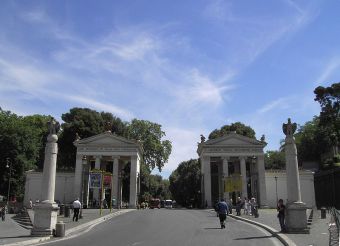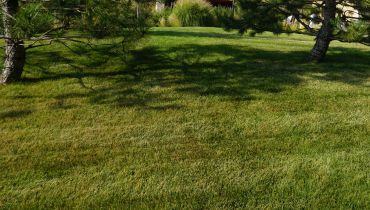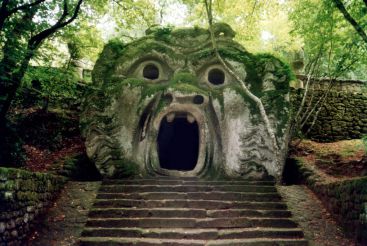Villa Borghese, Rome

The luxurious park complex Villa Borghese sits on the Pincian Hill and is the third largest park in the city. Only Villa Ada and Villa Doria Pamphili can compete with it in size. The highlight of the park is, of course, the villa itself designed by Cardinal Borghese and built by the architect Flaminio Ponzio in the 17th century. Today the territory of the park with its picturesque nature of quiet gardens, sophisticated fountains and pavilions is a real treasury of art in all its manifestations.
History of the park
The history of this place began when Marcantonio I Borghese bought a plot of land for vine cultivation. In the 17th century, the famous nephew of Pope Paul V, the curial cardinal Borghese Scipione, decided to build a park in the territory of the vineyards and adorn it with antique statues. Casino Nobile, a family residence, became a central object in it.
Sculpture design was completed by Pietro and Lorenzo Bernini. The construction and arrangement of the territory were finished in 1633. Starting from the 19th century, the design of the park has been dominated by the English style.
Since 1903, Villa Borghese is no longer a private property. It was bought by the state and presented to the city. Today, the park buildings house various museums and exhibitions. A walk in the park, created according to the criteria for luxury of that time, is, of course, worth time.
Good to know
- The park covers 80 hectares.
- There are 7 fountains and 17 monuments in total.
- The park has 5 entrance gates including the ancient Roman Porta del Popolo and Porta Pinciana.
- Among the structures of the park are 3 temples.
- One of the most visited galleries in the world is Borghese Gallery that consists of 75 rooms and demonstrates exhibits which belonged to the Borghese family.
Attractions of Villa Borghese
There are a lot of interesting locations in Borghese Park. You can wander in the shade of huge trees among old sculptures, sit in a cafe or take a more active holiday, for example, renting a bicycle. There are galleries and museums scattered throughout the territory. Among them are:
- The Borghese Gallery, an art collection of the princely line.
- The National Gallery of Modern Art.
- The National Museum Villa Julia with its collection of Etruscan art.
- The Globus Theatre named after Silvano Toti that stages plays based on Shakespeare's works.
- The Museo Pietro Canonica dedicated to the famous artist, sculptor and composer.
- The Carlo Bilotti Museum housing works of Giorgio de Chirico.
How to get there
This Villa is located outside the city centre. The park has several entrances. You can reach Villa Borghese from Piazza del Popolo taking the famous Spanish Steps. If you decide to use metro, choose line A and get off at the Spagna station. Or take one of the buses № 5, 19, 52, 53, 63, 86, 88, 92, 95, 116, 204, 217, 231, 360, 490, 491, 495, 630, 910, 926 to Villa Borghese or Piazza del Popolo.
Entrance to the park is free. In order to visit museums and galleries purchase a ticket.





